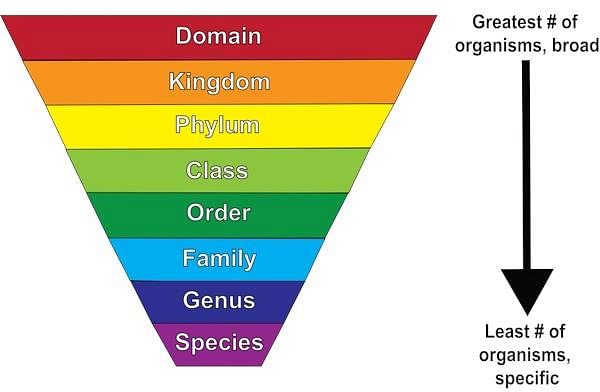Test: The Living World- 2 - NEET MCQ
15 Questions MCQ Test Biology Class 11 - Test: The Living World- 2
| 1 Crore+ students have signed up on EduRev. Have you? Download the App |
Assertion: New names in binomial nomenclature are derived from Latin or are latinised.
Reason: Latin is a technical language.
New names in binomial nomenclature are derived from Latin or are latinised.
Assertion (A): All living organisms have the ability to respond to stimuli.
Reason (R): Responsiveness to environmental stimuli is a fundamental characteristic that differentiates living organisms from non-living matter
Which one of the following includes all the other lower taxa?
Which of the following is an incorrect match of taxonomic category and its characteristic?
Choose the correct answers from the alternatives given.
Which of the following is the correct order of classification?
How are higher taxonomic categories like order typically identified ?
What is the primary purpose of the binomial system of nomenclature in biology?
|
182 videos|365 docs|153 tests
|


















